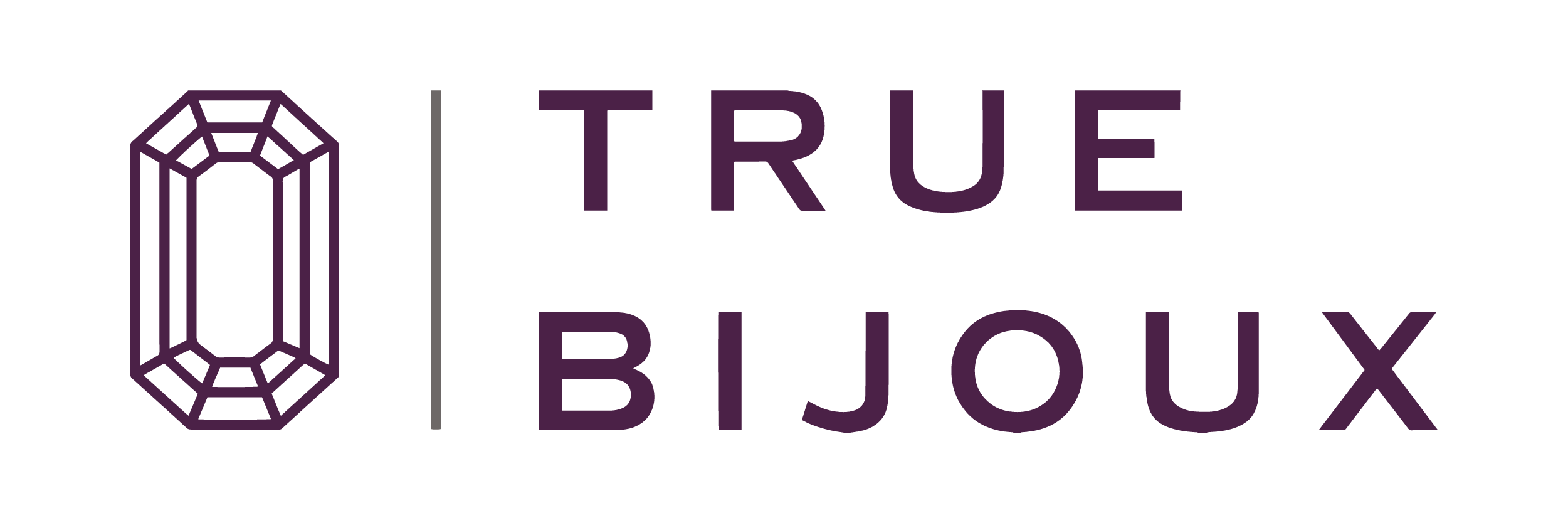At times, when admiring a beautiful work of art, we forget to think about how the finished product came to be. In the age-old industry of jewelry, we have thousands of years of materials and techniques to reference and analyze. It’s amazing to see the progression over time - as tools and techniques advanced, so did the quality of gem cuts. This is evident by looking into the history of Old Mine Cut, Old European Cut, Transitional Cut, and Round Brilliant Cut styles of diamond cuts.
Early civilizations loved diamonds, but didn’t have the knowledge or technology to cut and shape them. Since natural diamond crystals form in an octahedral shape (like two pyramids stuck together at the base) people chose to wear them uncut, as it was still a beautiful stone. In time, it was discovered that a diamond can only be cut by another diamond. This led to many developmental cuts, notably, the Mine Cut.
Old Mine Cut diamonds date back to about 150 years ago. Individual cutters would shape rough diamonds by hand, because motorized cutting tools and lasers were not yet invented. This resulted in one of a kind “imperfect” diamond cuts that were carefully proportioned to be as brilliant as possible. The name Mine Cut was said to be used for diamonds that came from the old diamond mines in India rather than the newer mines that were opening in South Africa.
Old Mine Cut diamonds date back to about 150 years ago. Individual cutters would shape rough diamonds by hand, because motorized cutting tools and lasers were not yet invented. This resulted in one of a kind “imperfect” diamond cuts that were carefully proportioned to be as brilliant as possible. The name Mine Cut was said to be used for diamonds that came from the old diamond mines in India rather than the newer mines that were opening in South Africa.
The successor to Mine Cut is the Old European Cut. The European Cut is very popular among vintage jewelry collectors, as it was the diamond cut that was used in most pieces made at the beginning of the 20th century. As the predecessor to the modern Round-Brilliant Cut, you can start to see the influence of technology with more calculated facet cuts and angles. However, at this time diamonds were still cut and polished by hand, with sparkle being tested by candlelight. Not only are these diamonds truly unique, they’re also quite rare in this modern world, as most European Cut diamonds have been re-cut into Round Brilliant Cuts for profit. We are very proud to say that we do not re-cut OEC’s, we preserve them until the perfect owner comes in.
The next shape in diamond cutting is appropriately called a Transitional Cut. This cut marks the period between European Cut and Round Brilliant, when technology was starting to develop rapidly (around the 1940s). This revolutionary cut features a larger table, a lower crown, and a smaller culet. Cutters were now using the newly-invented steam-powered lathe saw (woohoo!) allowing more precise cuts. Though these stones were more symmetrical than their predecessors, they weren’t yet as outstanding as Round Brilliant Cuts.
Today, we are so lucky with all the beautiful diamond variations we have to choose from. The modern Round Brilliant Cut is truly a product of science and math. The way light refracts within a diamond is now the main concern when cutting: the better the cut, the better the sparkle. Scanners, computers, and lasers are now used to create 58 precise facets. Gone are the days of hand-cut gemstones! The modern RBC has been and remains the most frequently used diamond cut in modern jewelry.

As vintage dealers and gem-lovers, we at True Bijoux see the appeal of all of these diamond cuts. What is important to you: uniqueness or precision? History or modern technology? Everyone’s preference differs, and we are here to help you discover what diamond cut works best for you. Stop by our store at 206 Sparks Street for our latest #DiamondChallenge, on until February 17. Guess the carat weight of a stunning European Cut Diamond for the chance to win a $500 gift card to our store... & buy a diamond of your very own!
Source: https://4cs.gia.edu/en-us/blog/
Image Source: https://www.gia.edu/
Image Source: https://www.gia.edu/

























